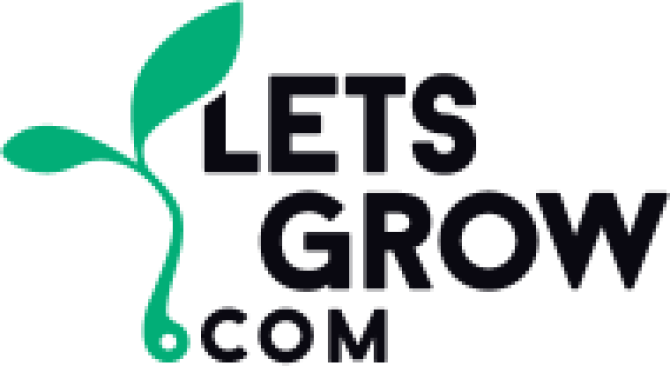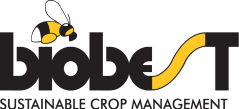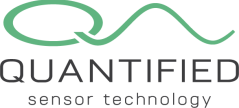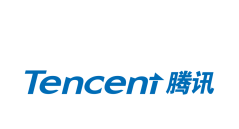
Greenhouse Growing Challenge
In a real Greenhouse growing experiment, the top 5 teams from the Online challenge, will grow a dwarf tomato crop in a crop cycle of ca. 4 months. Each team gets their own greenhouse compartment at WUR Bleiswijk which they can operate fully autonomously via remote control. Additionally to the 5 compartments operated by the teams, a 6th reference greenhouse compartment will be operated by Dutch growers and/or WUR experts.
Dwarf tomatoes grow determinately in batches, meaning growth in length will typically end at a given moment and harvest will be finished at a given moment. Dwarf tomato varieties normally have a fruit size of ca. 10 g, depending on the variety. The final plant height is ca. 30-40 cm. Dwarf tomatoes typically grow from seed to first harvest in 2-3 months, depending on growing conditions (light, temperature), and vary in taste depending on variety and growing conditions (light, nutrients). Final harvest is usually not later than 4-5 months. The Challenge organizers will raise seedlings uniformly until transplants for all teams. The teams will grow from transplants to final harvest during the Challenge.
Compartment in high-tech greenhouse facility
Wageningen University & Research in Bleiswijk has a unique high-tech greenhouse facility with smaller (96 m2) compartments inside it. All compartments have different actuators to control the indoor growing conditions. Main actuators are: ventilation windows, 2 heating systems, 2 shading systems, artificial lighting, fogging for humidification, water input, nutrient mixture, and CO2 input. All compartments are equipped with various standard sensors to control the actuators through a standard greenhouse climate computer. Main sensors are: temperature, humidity, CO2, PAR light, pH and EC of fertigation water, and simple RGBD cameras. The Challenge organizers make available all measured data and all the taken control actions through a data interface. Each team will have access to one compartment with standard sensors. Each team is allowed to install additional sensors they might deem useful at their own responsibility.
Fully autonomous algorithms
The teams will have access to all relevant data via a data interface from their own compartment. They will have to develop fully autonomous algorithms and upload them to a WUR-protected server platform before the start of the experiment to assure fully autonomous operation. These algorithms should be able to make choices with respect to the control settings to control crop growth remotely. Each team will be able to extract necessary data from the greenhouse compartment and couple it to their own fully autonomous algorithms to decide on the control settings for the next period. The control settings will have to be sent back automatically to the system (the greenhouse climate computer) to control the actuators autonomously.
A public International Autonomous Greenhouse event will be organized to reveal the winner and give teams the podium to share their approach.
Thanks to our sponsors









